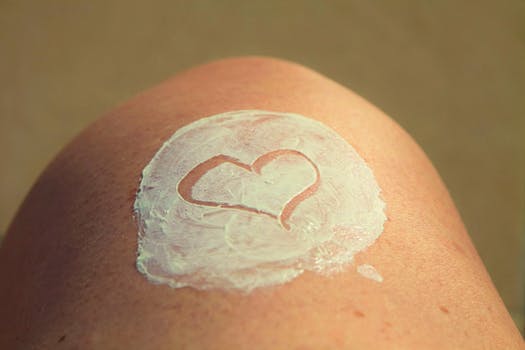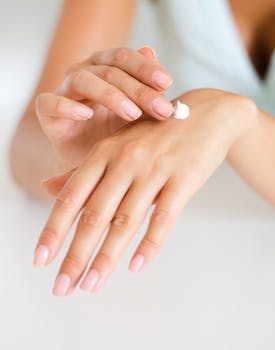As any other beauty expert will tell you, a regular skincare regimen is key to maintaining clear, healthy skin, no matter your skin type. Your skin needs a number of things on a daily basis to be able to stay at an optimal level. Certain things such as exercise, water intake and diet can benefit your skin, but a good skin care regimen is essential!  Depending on your skin type, whether dry or oily, there will be certain ingredients and products that will suit one skin type more than another, so it is very important when you first decide to start a skin care regime that the first thing you do is to find out what type of skin you have.
Depending on your skin type, whether dry or oily, there will be certain ingredients and products that will suit one skin type more than another, so it is very important when you first decide to start a skin care regime that the first thing you do is to find out what type of skin you have.
Determine your skin type
Determining your skin type may seem like a very simple thing to do, but some people may have combination skin, where some areas of their face may be dry/normal and other areas may be oily, while others may have normal or oily skin. It can also be very easy to confuse some conditions with others. Dehydration can be confused with dryness, open pores don’t always mean you have oily skin, etc. For this reason, it is always best to get advice from a qualified person. Over the next few weeks I will be going over all the different skin types and how to treat them, but for now I want to give you an idea of what a basic skin care regimen should consist of.  For anyone just starting out or on a tight budget, here’s what you should at least use in your skincare regimen: after removing makeup at night. A cleanser helps remove dirt, excess oil and debris from the skin’s surface to ensure that your skin is completely clean before continuing with your regimen. They come in all forms such as gels, balms, milks, and creams, so find out which type and formula will work best for your skin type once you know what it is.
For anyone just starting out or on a tight budget, here’s what you should at least use in your skincare regimen: after removing makeup at night. A cleanser helps remove dirt, excess oil and debris from the skin’s surface to ensure that your skin is completely clean before continuing with your regimen. They come in all forms such as gels, balms, milks, and creams, so find out which type and formula will work best for your skin type once you know what it is.
moisturizer
This will be your main “treatment cream”, so it should be formulated to target the specific needs of your skin type. For example, if you have oily skin, your moisturizer should help balance your skin and reduce excess oil production and if you have dry skin, it should help nourish the skin and prevent flaking. You’ll also find some suitable for people with combination skin that will work with multiple skin types at once. Apply it right after cleansing morning and night.
FPS
You only have to apply the SPF in the morning after hydrating because you won’t need it at night. This is so important to protect your skin and prevent premature skin aging. Make sure your SPF protects against both UVA and UVB rays because not all of them do and how much strength you need depends on how much sun you expose your skin to daily and how your skin reacts to the sun . For me here in Ireland, SPF 30 would be substantial daily protection, but for someone with pale skin like me in a warmer climate, SPF 50 might be more suitable. Don’t be afraid to ask questions when shopping, and if your budget is tight, you can get a moisturizer with an SPF so you don’t have to apply two products!
Exfoliating/Scrub
At least once a week, twice if you have oily skin, you should exfoliate your face to remove dead skin cells accumulated on your skin. It increases blood circulation which helps in getting glowing skin. Exfoliate after cleansing your face but before applying your moisturizer. Simply scrub the face for about 3-5 minutes to remove dead skin cells and wash it off with lukewarm water and sponges. If you have sensitive skin make sure you use a very gentle scrub so as not to aggravate the skin, someone with oilier skin could use a harsher scrub as it will be more effective for them. 
Hope that helps! If you have any questions, just comment below and I’ll be happy to answer them. As I said earlier I will be doing articles in the coming weeks on each skin type and giving you an idea of what types of products and treatments are best for each type and some general information about each. . For now, though, I hope you enjoyed it! ,






